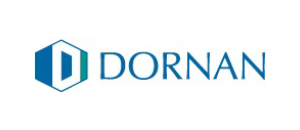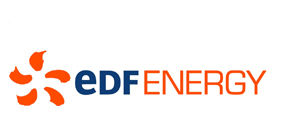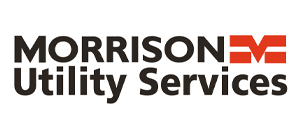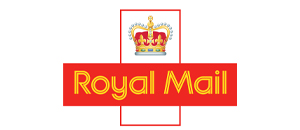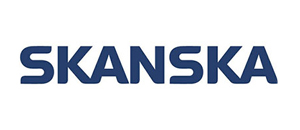Digital Innovation in Project Planning, Design Construction and Management.
The digital construction landscape today...
The construction industry, like many others, has experienced significant changes driven by rapid digital innovation. From improving client insights into project outcomes and delivery timelines to enhancing the health and safety of workers on the ground, digital technologies have revolutionised construction processes. However, innovation often meets resistance, perfectly highlighted in an article by tech firm, ENKA Systems. Everything from training staff, calculating return on investment (ROI), and overcoming cultural resistance to change has proven to be a challenge for the construction industry.
At blu-3, continuous improvement is a core value to which we hold ourselves highly accountable. We have challenged ourselves to adapt and grow alongside this digital transformation, embracing new technologies wherever possible. Technological advancements are not just improving efficiency – they’re reshaping the entire landscape of construction. Major events like The London Build Construction Festival showcase the vast array of new products, software, and tools available in this space. Industry Media outlets, such as CCE, are constantly highlighting the role of technology in enabling faster delivery and enhanced efficiency in construction. In line with these trends, here are three key areas blu-3 are ensuring technological innovation in our business.
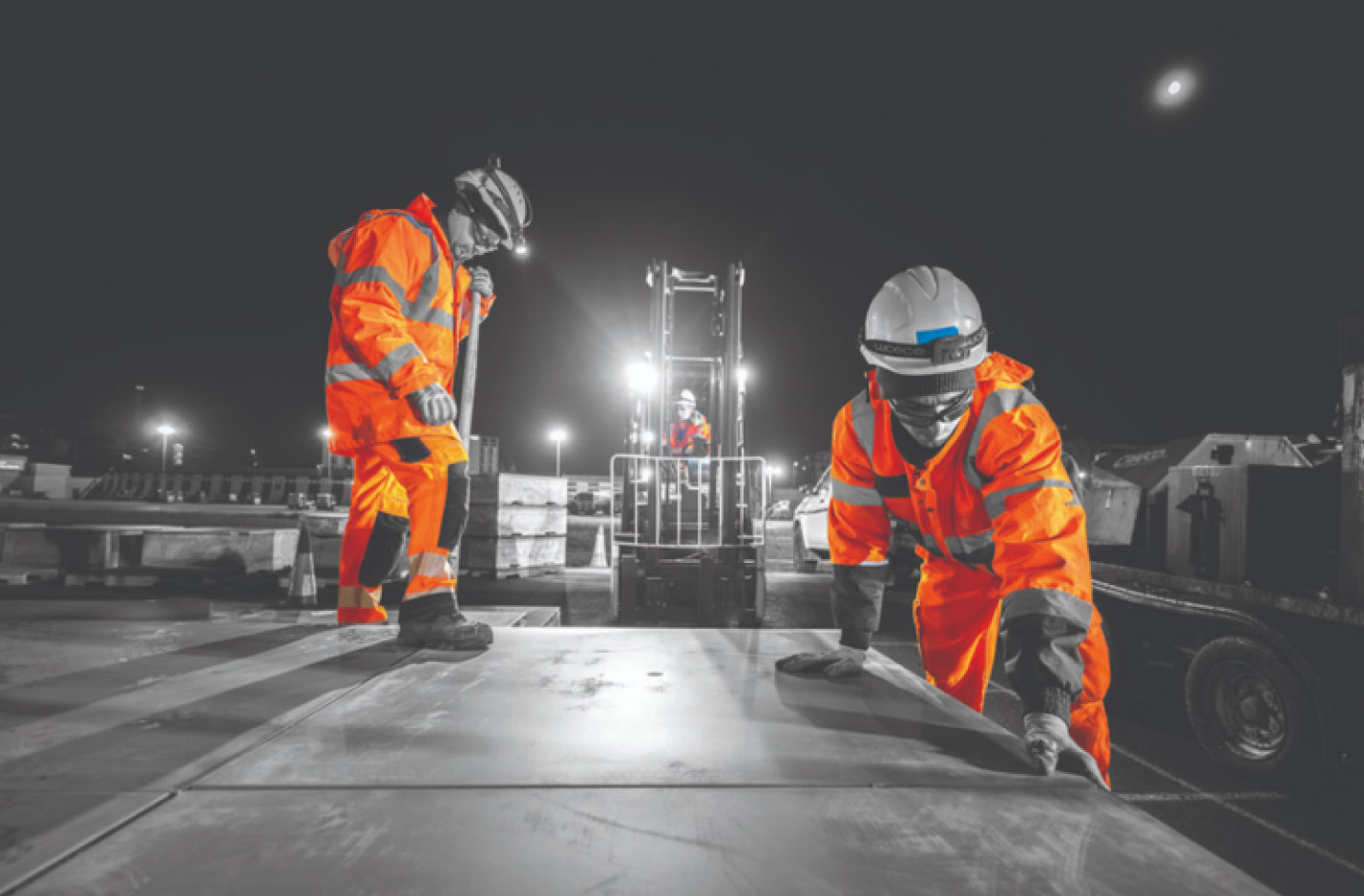
blu-3 & Technology
Tech trends already embedded in our everyday work
1. Programme planning meets BIM technology: The rise of the 4D Planner
While Building Information Modelling (BIM) is not a new technology – having been part of the construction industry since the 1970s – it is one that continues to evolve rapidly. This is an agenda driven mutually by both contractors and clients alike. Most recently BIM technology has bridged a gap between programme planning and 3D modelling and is something contractors are utilising more and more to evidence their ability to deliver projects to quicker deadlines.
Contrary to popular belief that technology will replace key skilled workers, this integration has actually driven a demand for new skills and roles. Programme Planners able to produce these blended models, known as 4D Planners, and highly skilled in using software such as Synchro, are seen as critical new hires.
Jaime Perez, Head of Planning at blu-3, explains:
“Increasingly, clients are demanding faster project delivery, which requires highly detailed planning and advanced tools to assess interfaces and logistics on a daily basis. This has led to the growing need for 4D Planning in our projects and, more recently, the decision to bring this capability in-house as part of our service offering.”

2. Everything everywhere, all at once: Drones on-site
Construction sites present numerous challenges such as scale, distance, time management, and hazards. These issues have traditionally made large-scale projects particularly difficult.
Drones have become game-changers on these larger projects by offering high quality aerial views of construction sites, enabling real-time monitoring of progress, risks, and security. Gustav Basch, Project Director, notes, “Drone photography has transformed our construction site operations, providing a unique perspective that enhances both safety and efficiency. By capturing high-resolution aerial images, we can monitor progress in real-time, identify potential issues before they become problems, and make informed decisions more quickly. Overall, the integration of drone technology has not only streamlined our workflow but also improved our project management capabilities, leading to better outcomes and higher client satisfaction”.
From topographic surveying to capturing high-resolution images for data and marketing purposes, Drones have been the answer to numerous issues presented onsite and will continue to be a key feature of our Operation teams tool kit.
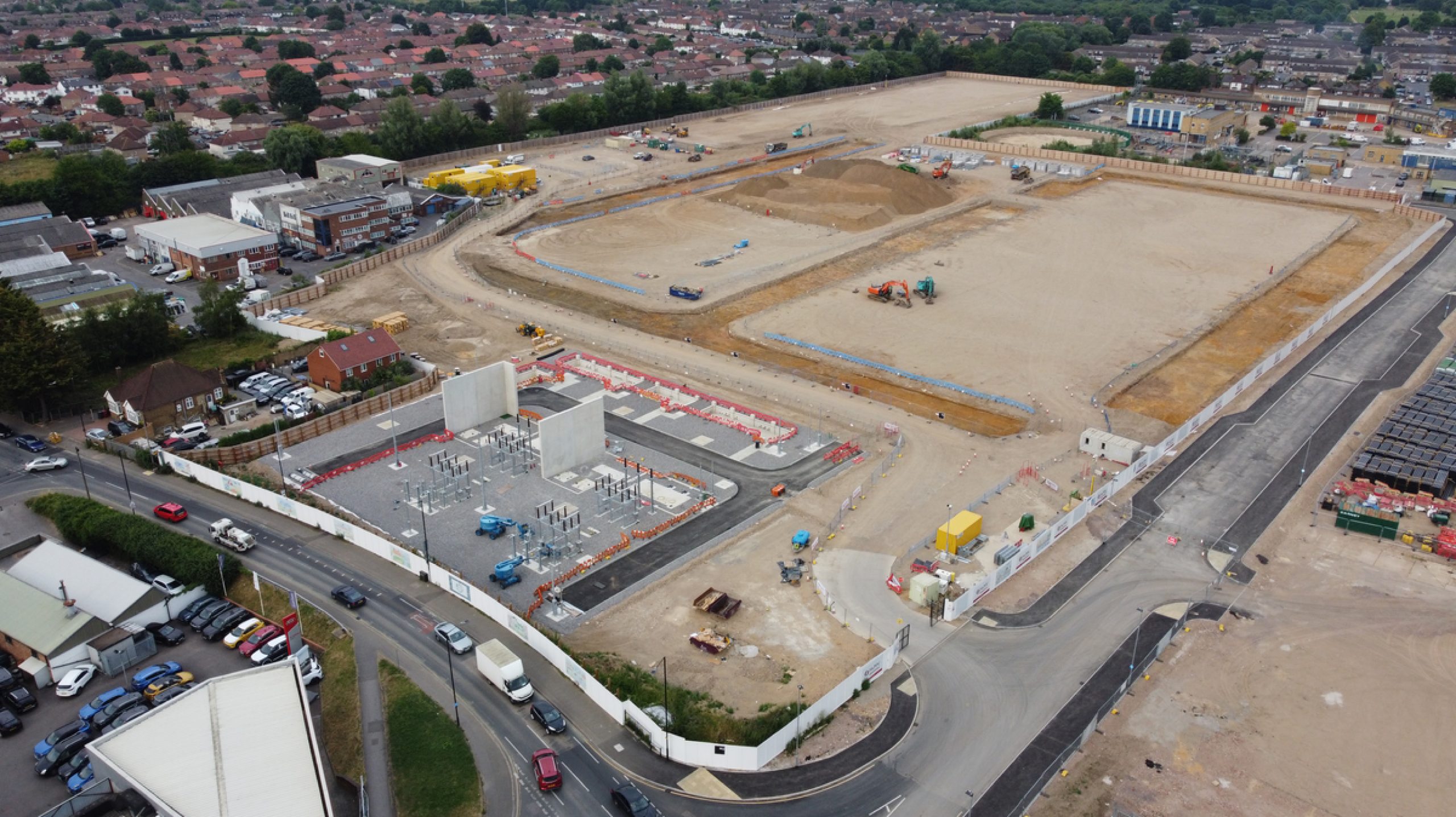
3. HSE goes mobile: The impact of tech on HSE
The role of mobile technology in construction is vast, but its most significant impact has perhaps been in health, safety, and environmental management. Mobile apps and software tools allow us to monitor and record HSE performance more effectively, providing real-time data on safety indicators and climate assessments on construction sites.
Hugh O’Neill, International Senior HSE Manager at blu-3, states
“In the past seven years, I’ve seen mobile technology reform how we monitor HSE performance. From leading and lagging indicator software to tracking the overall HSE climate,we are now better equipped to support both our clients’ demands and, most importantly, our workers' safety.”
blu-3 has also invested in digital tools like Cat and Genny scanners integrated with mobile tracking apps, allowing us to monitor underground services before excavation. This investment in mobile technology has a profound impact on our compliance data, incident reporting, and overall safety during complex underground service (UGS) projects.

So,what’s next?
At blu-3, our commitment to adopting new technologies continues to grow. Across the business, we remain dedicated to continuous learning and early adoption of digital tools that provide better results for our clients and our people. Sebastian Murphy, Technical Director for Data Centres EMEA, will be hosting a panel discussion at the National Careers Fair in Amsterdam’s RAI Centre on March 28th to talk in further detail on this topic. We look forward to sharing our experiences and insights on the role of technology in modern construction at blu-3.
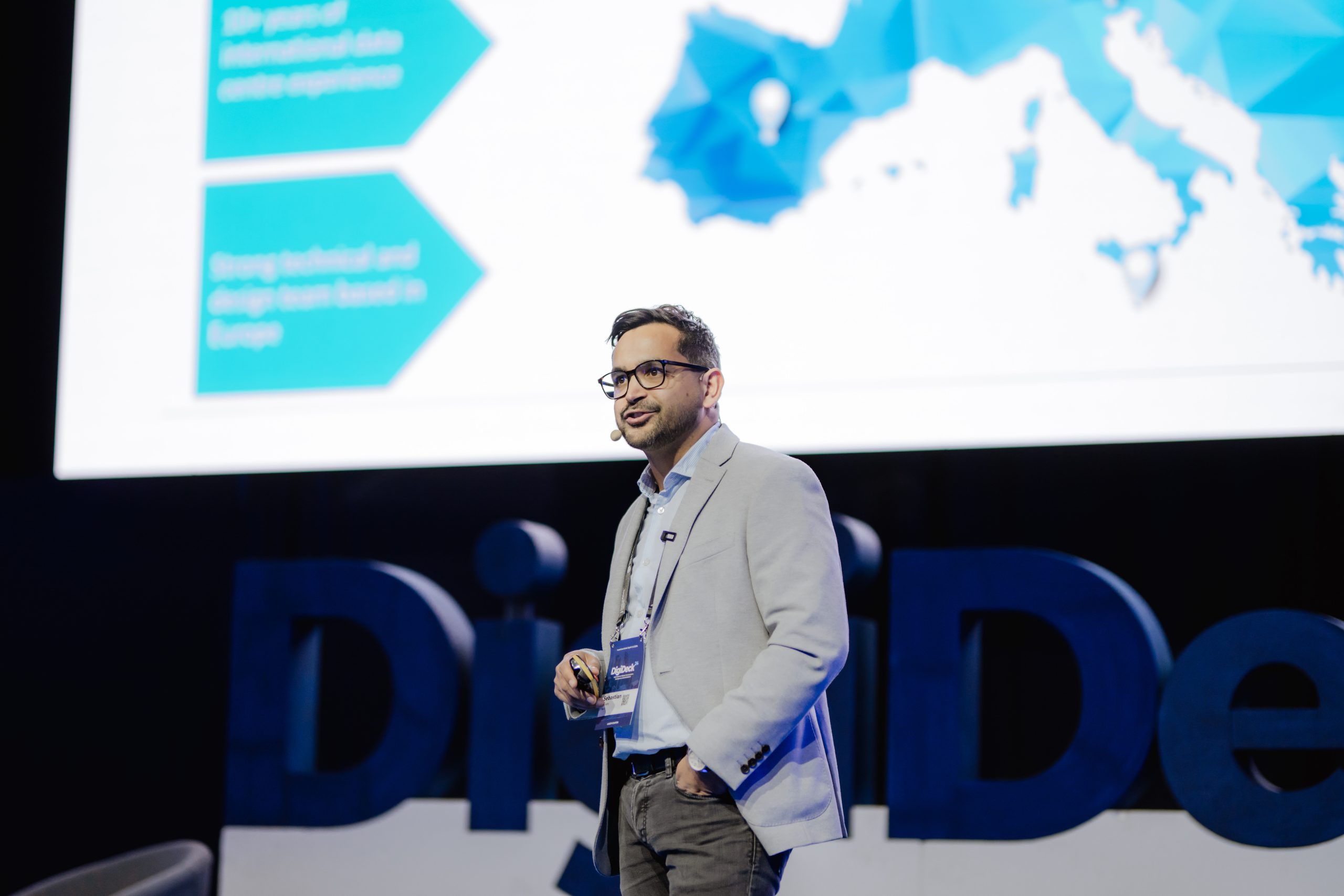
Sebastian Murphy
Technical Director, Data Centres EMEA
If you are interested in learning more about blu-3, our culture, and working in our business please message our recruitment team at: recruitment@blu-3.co.uk











